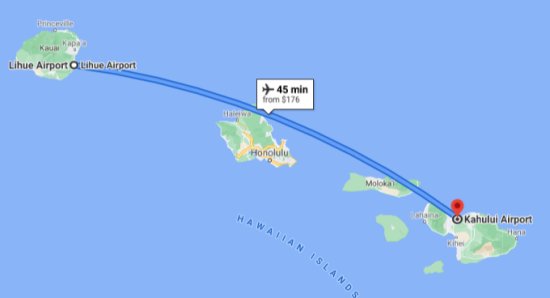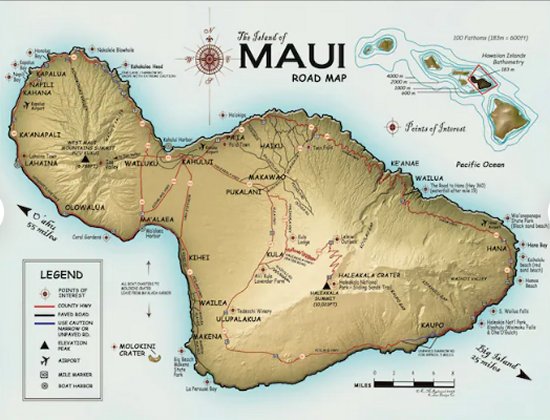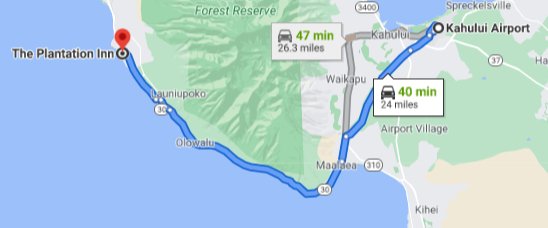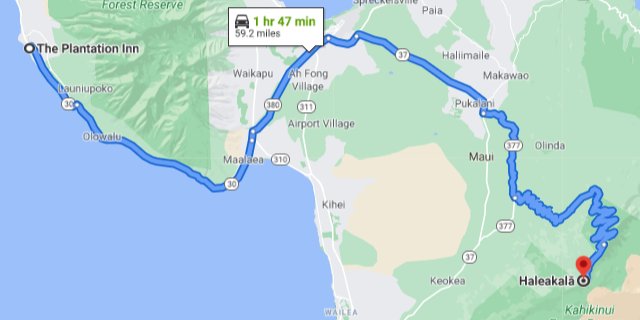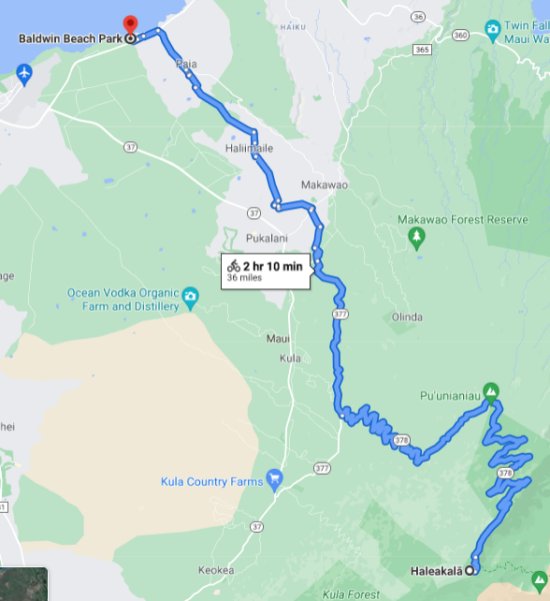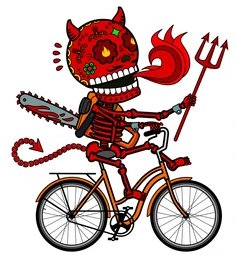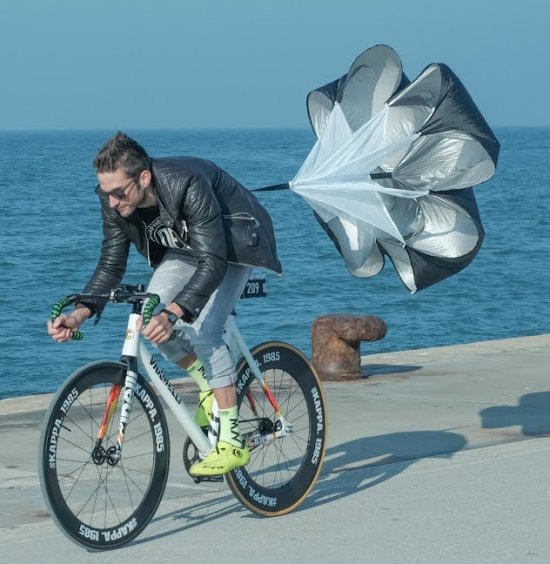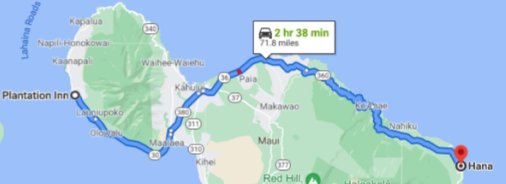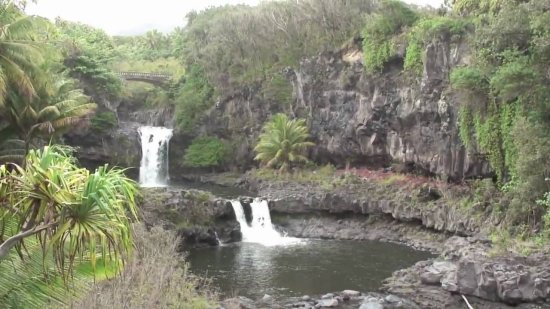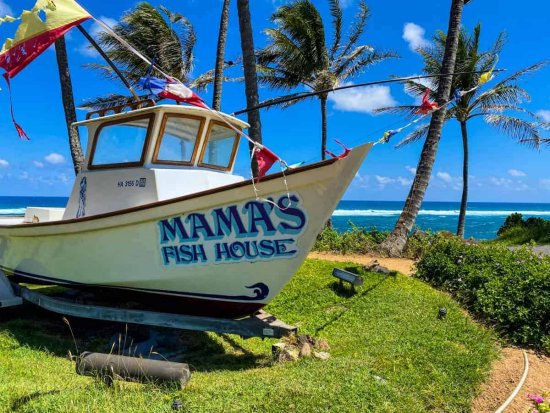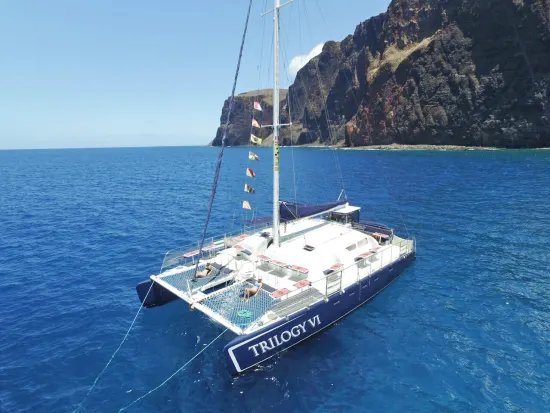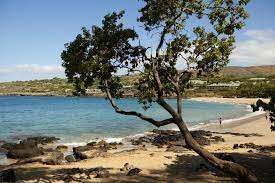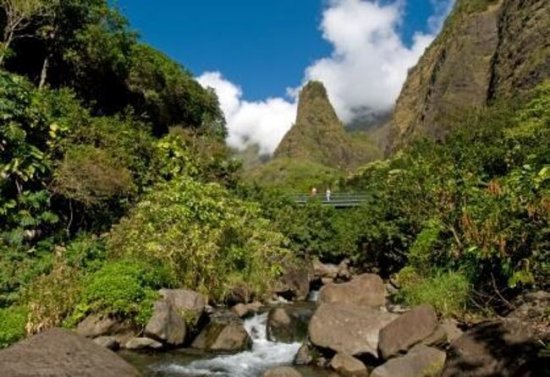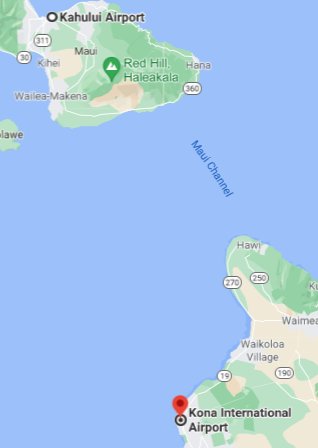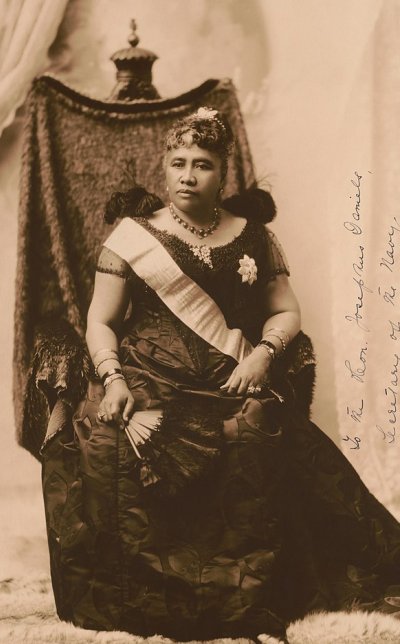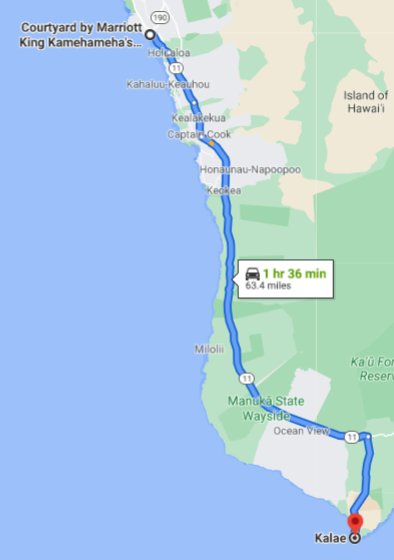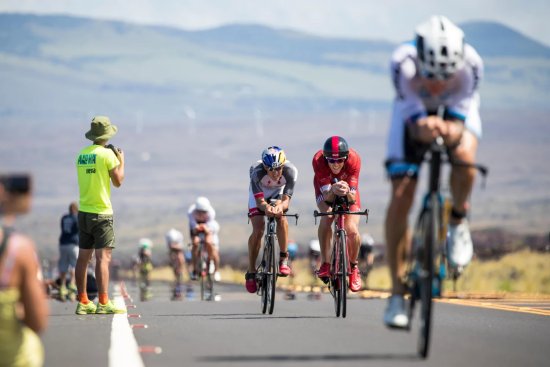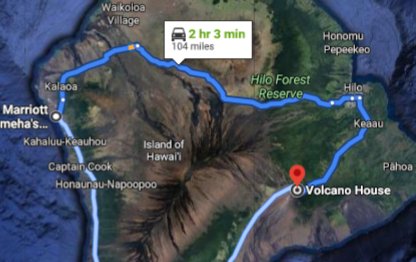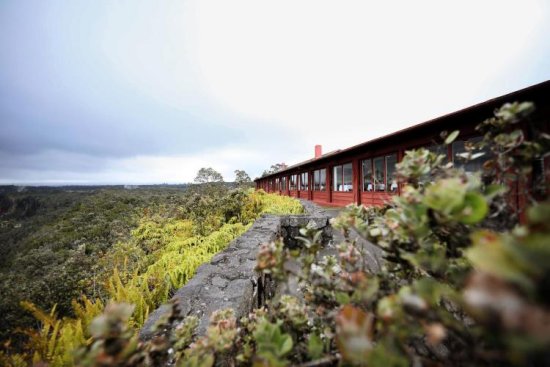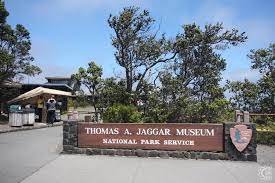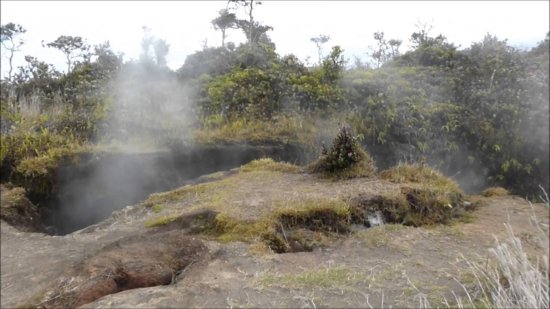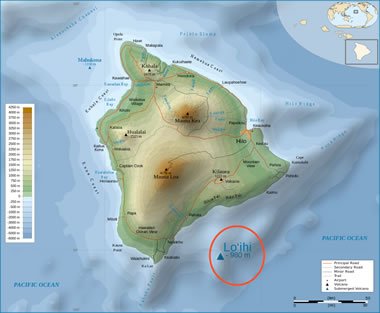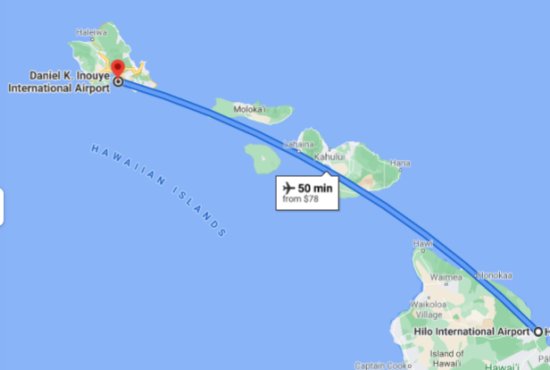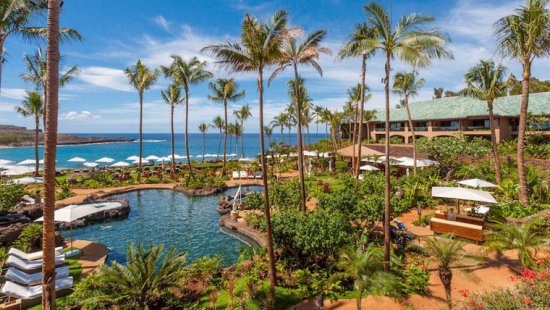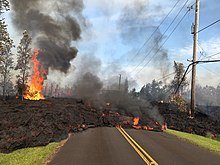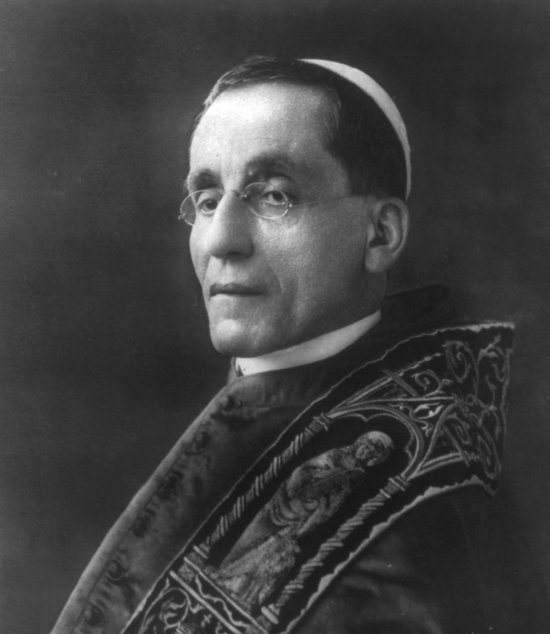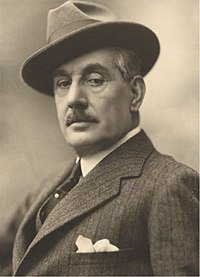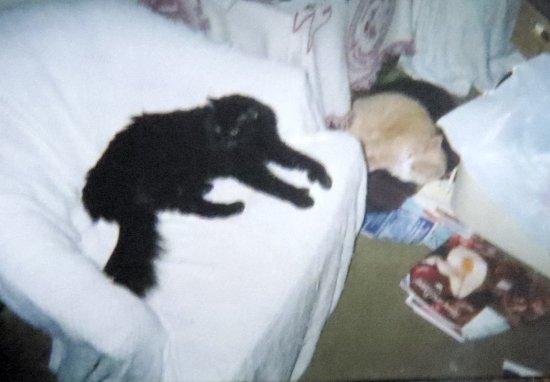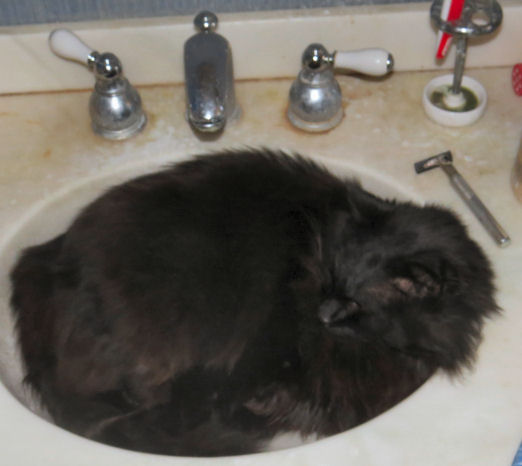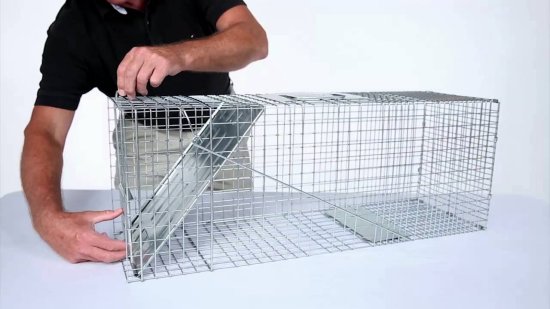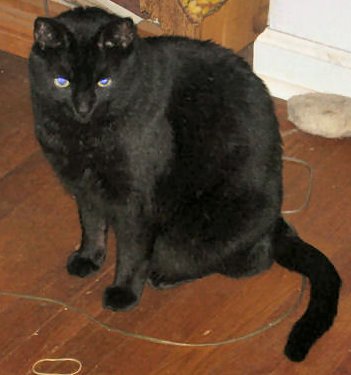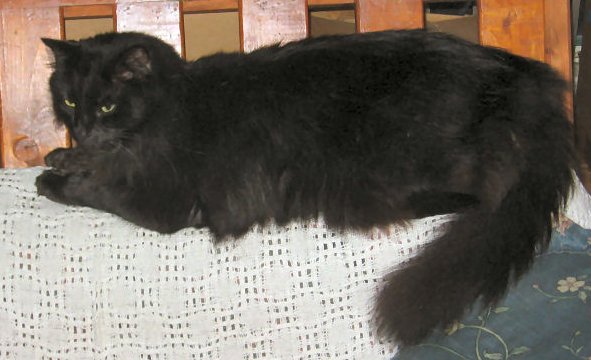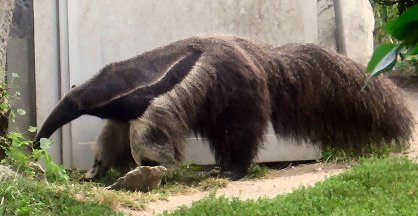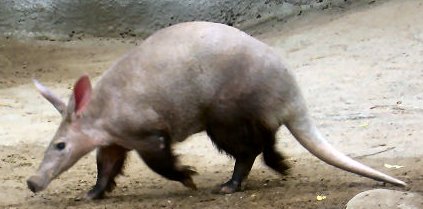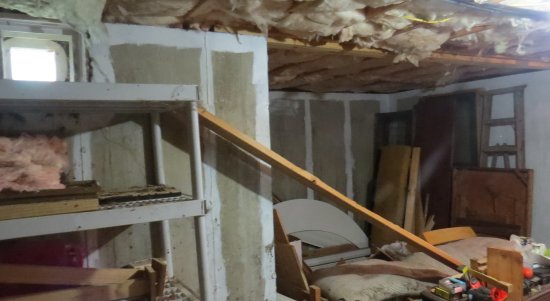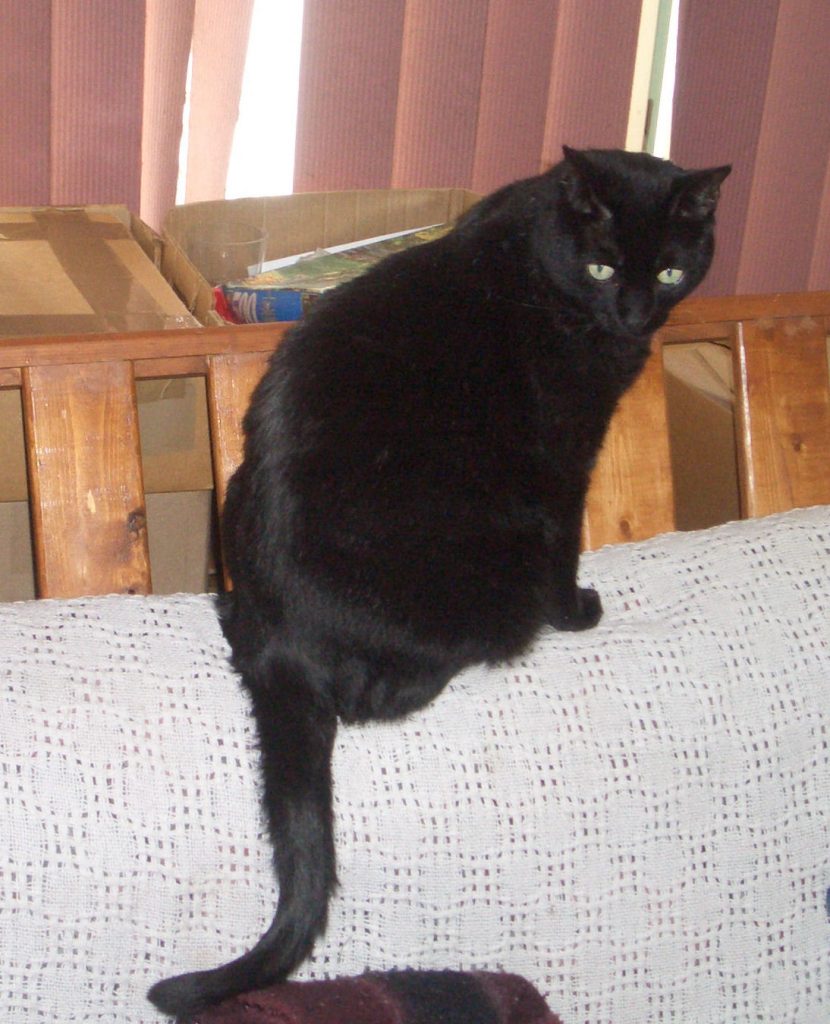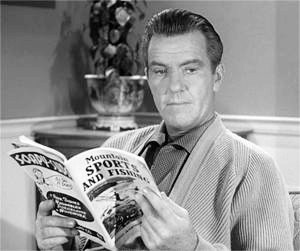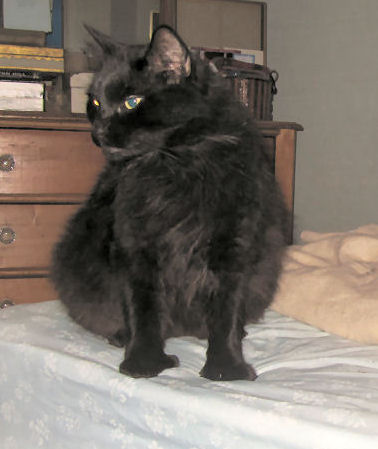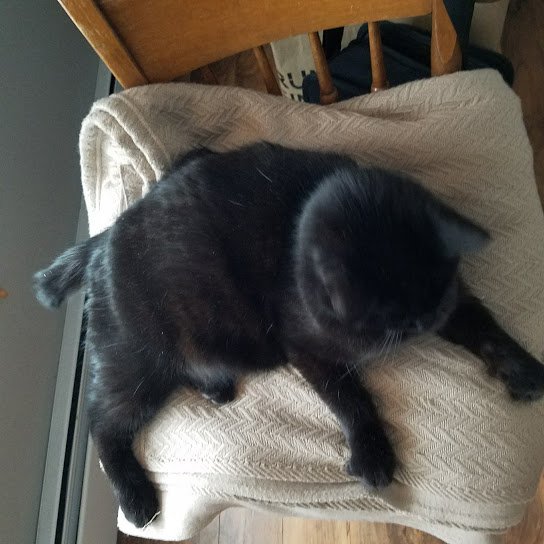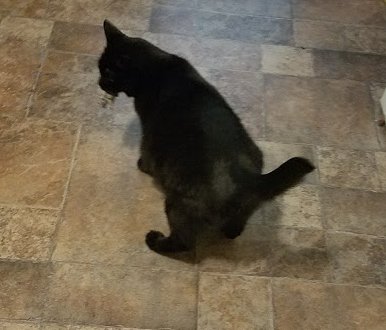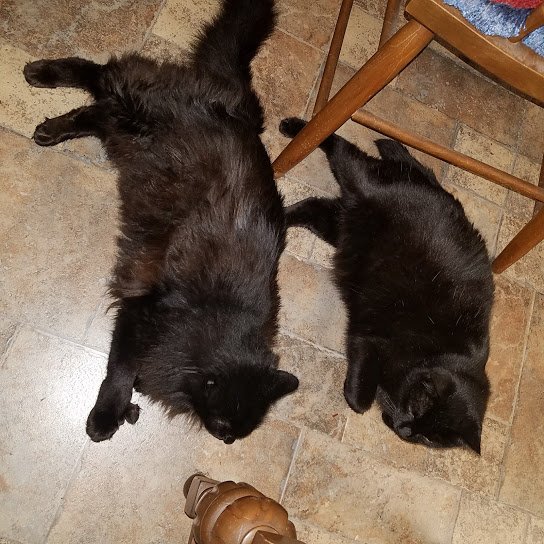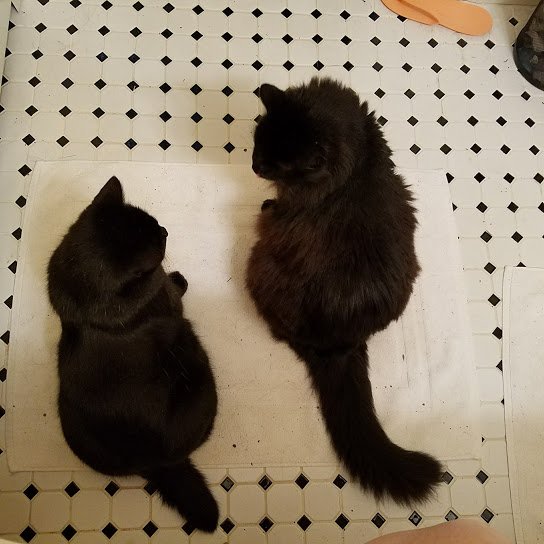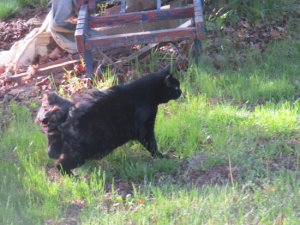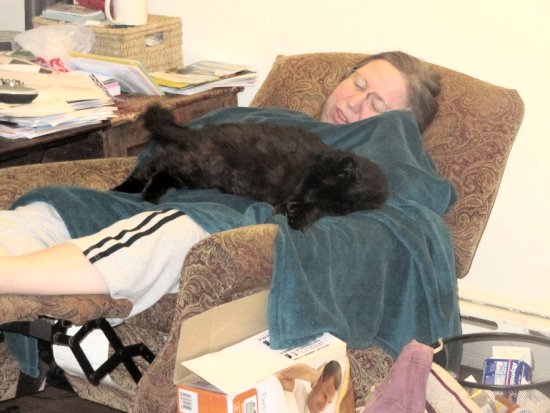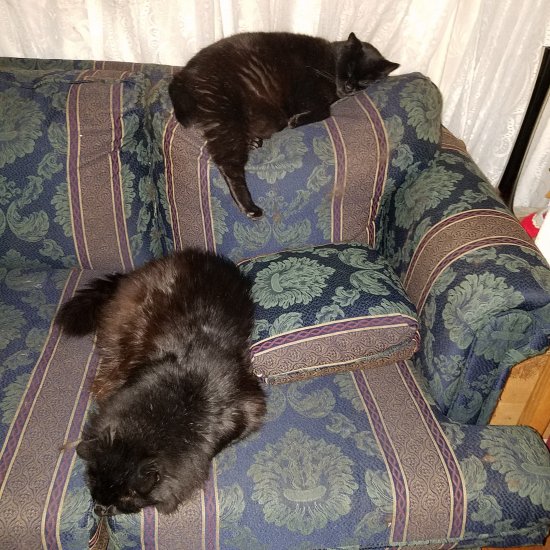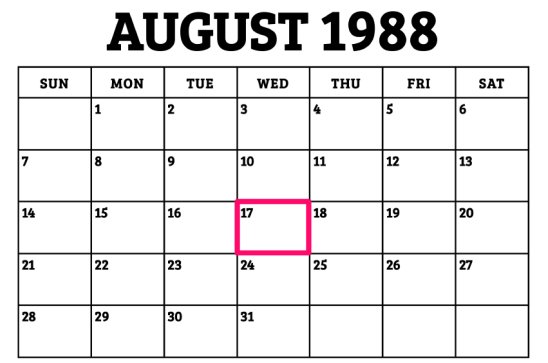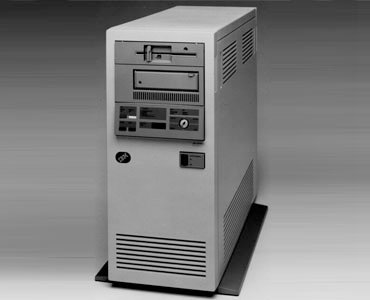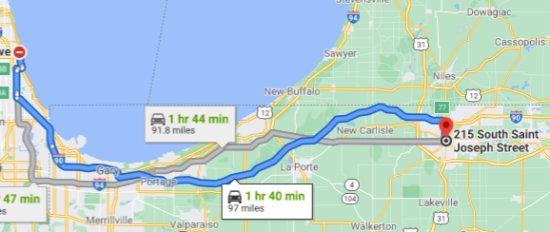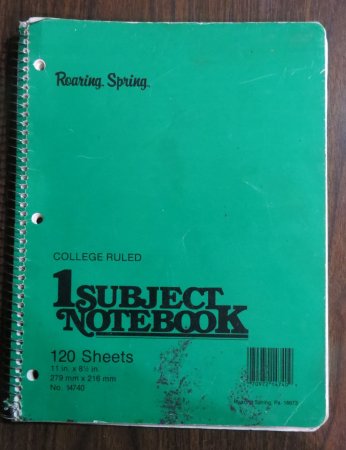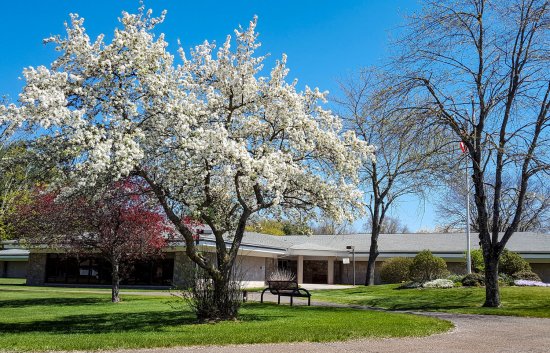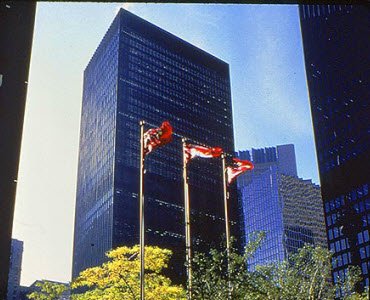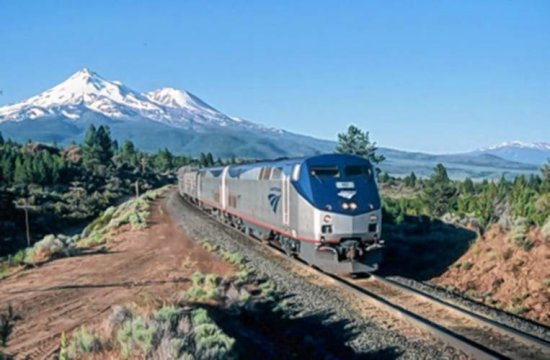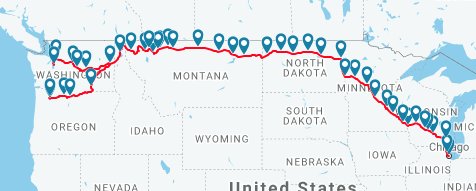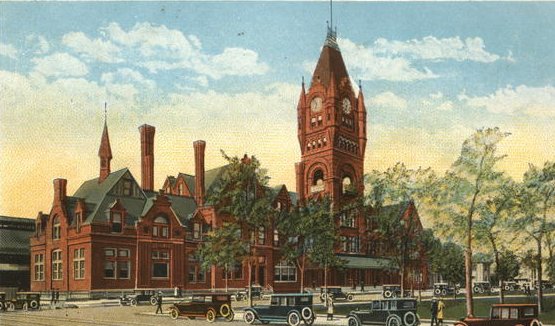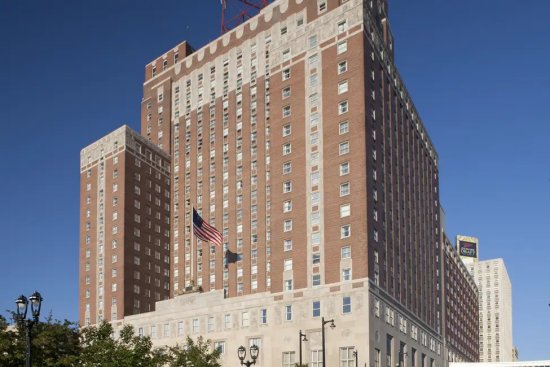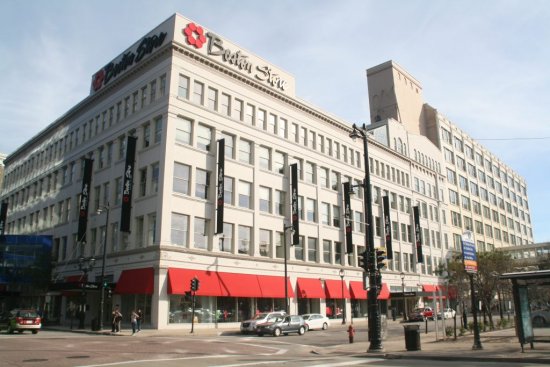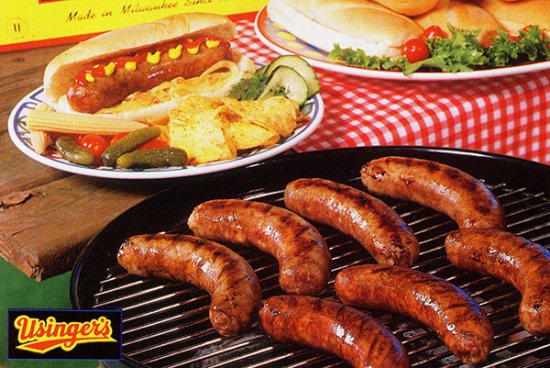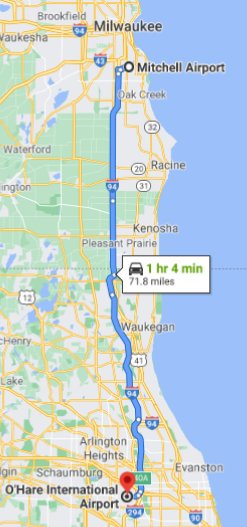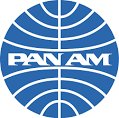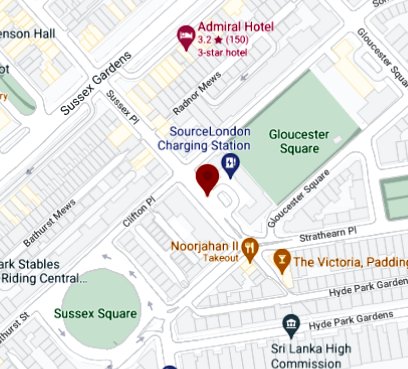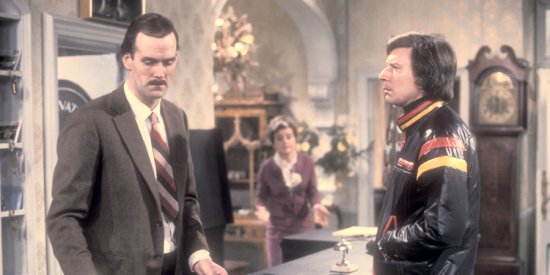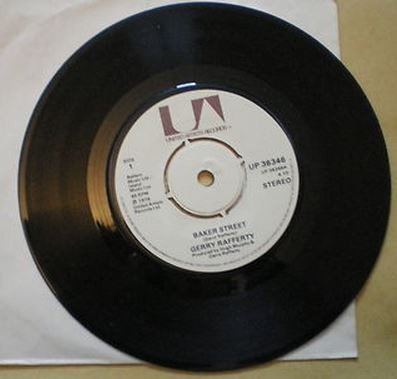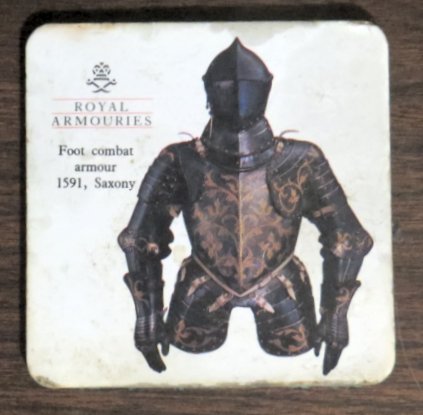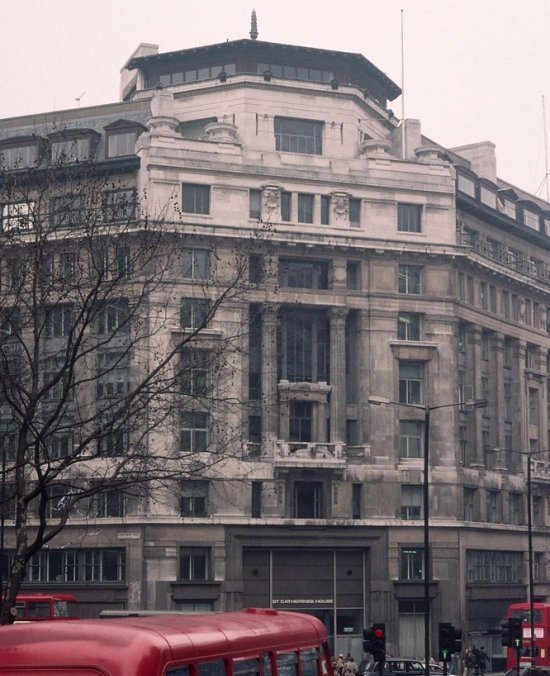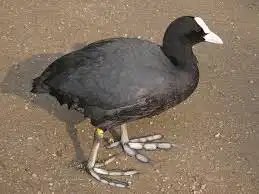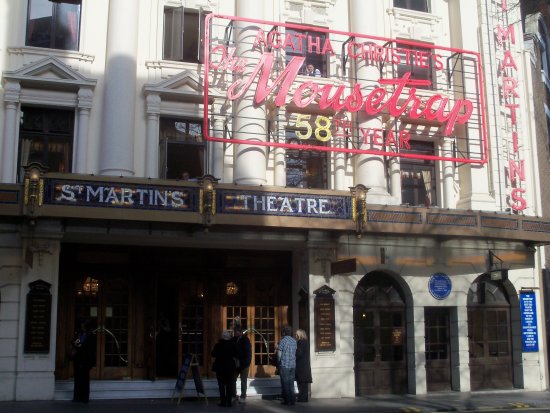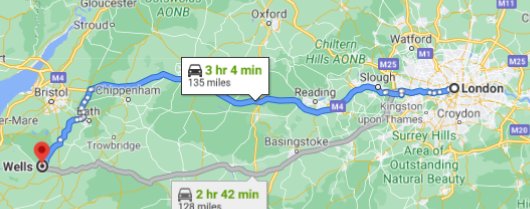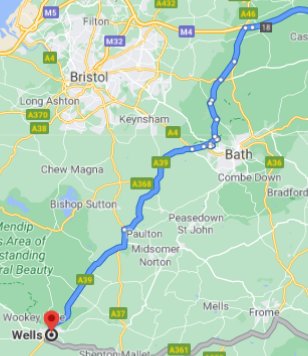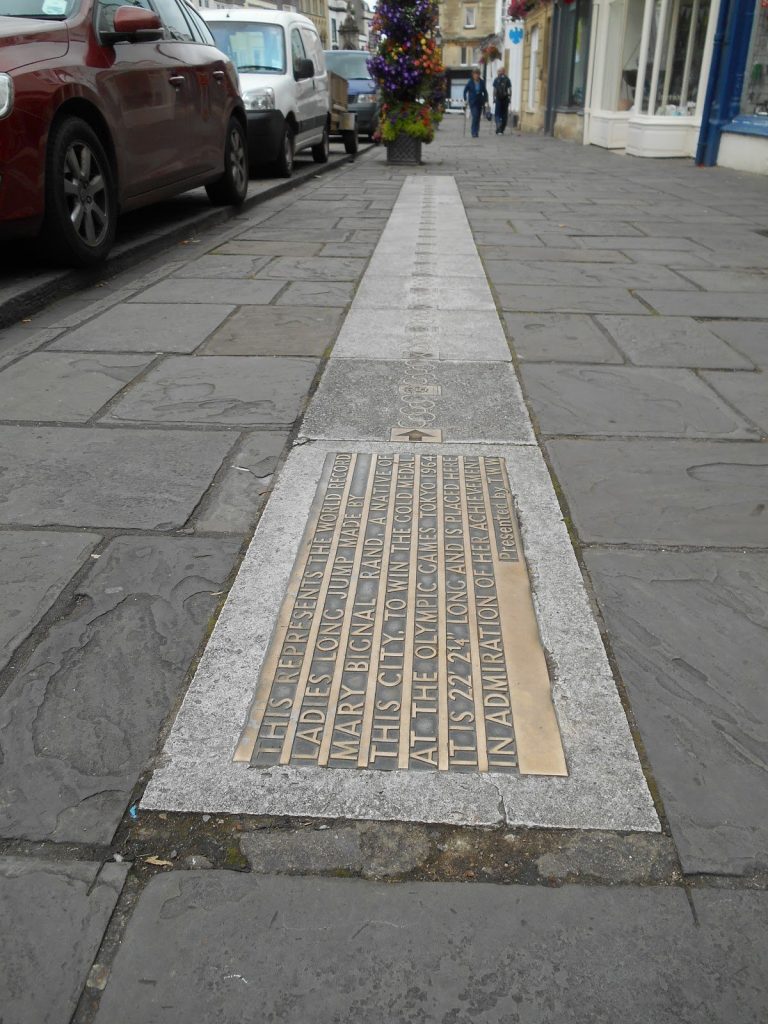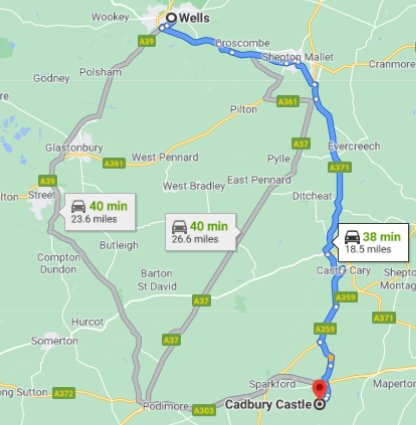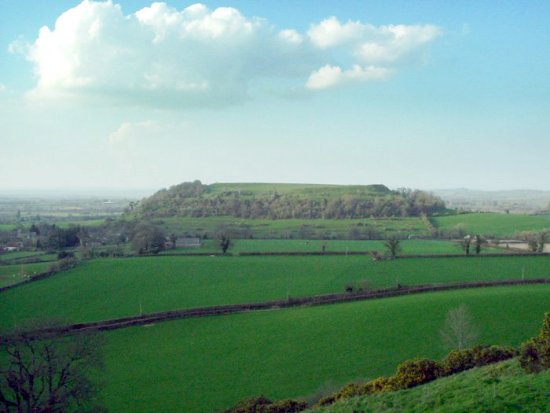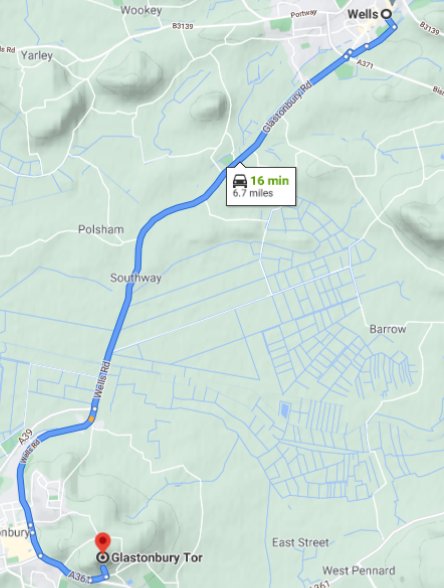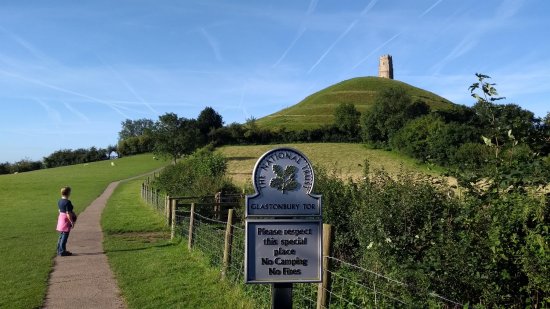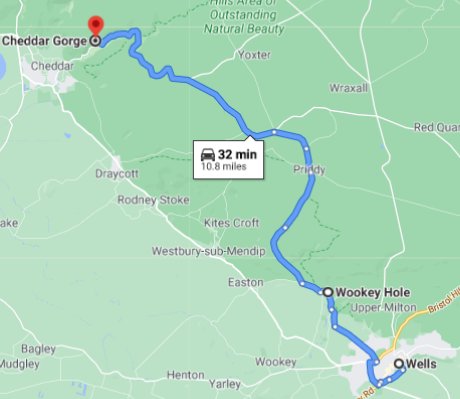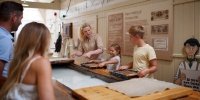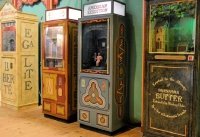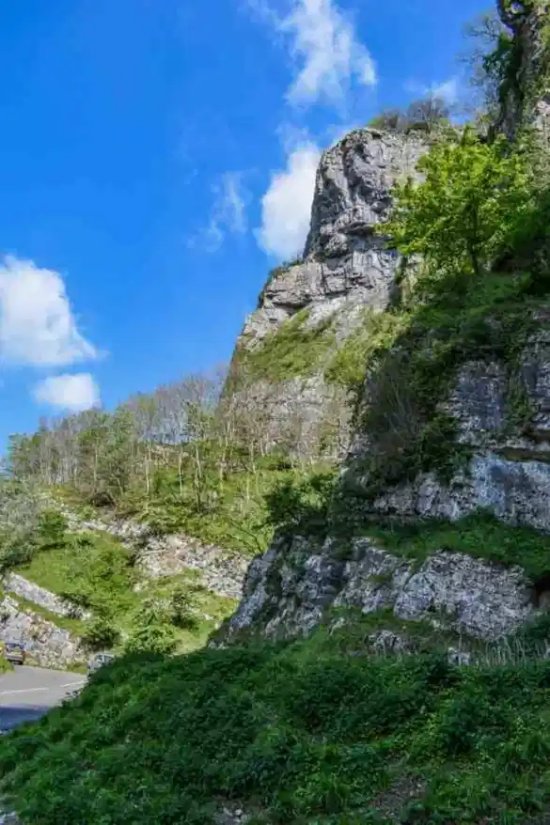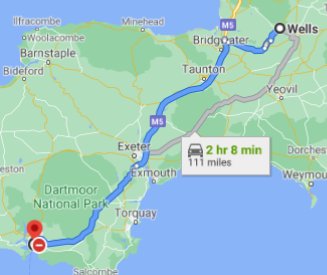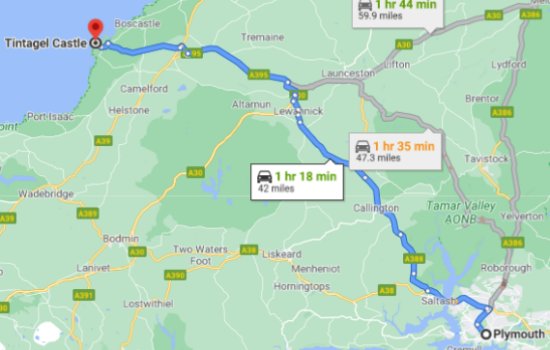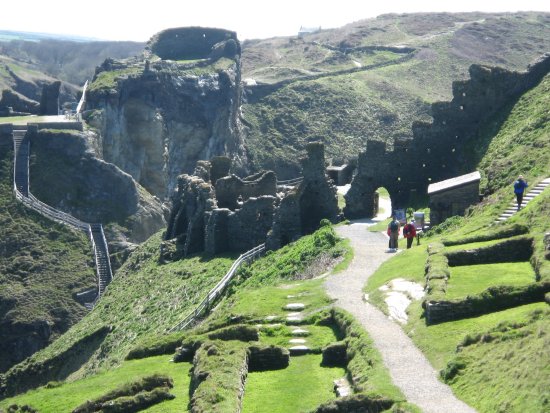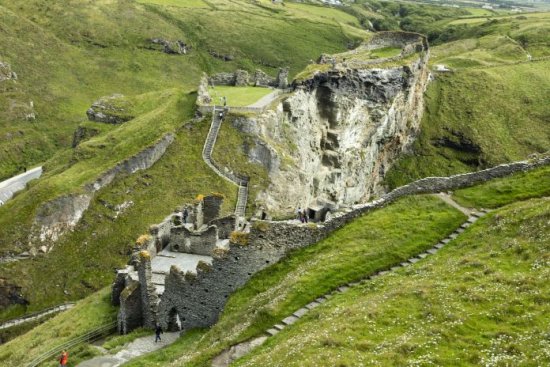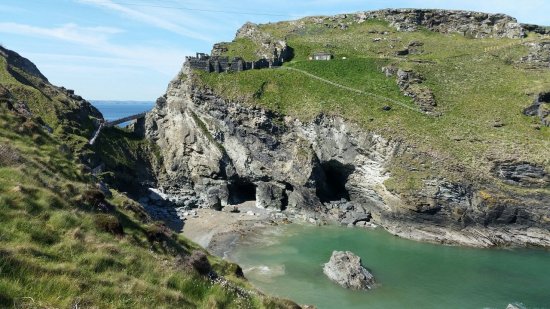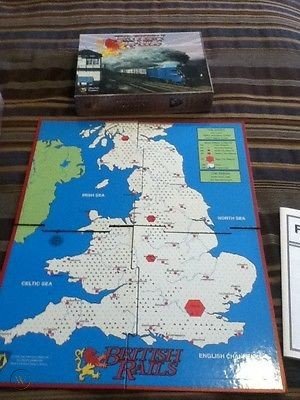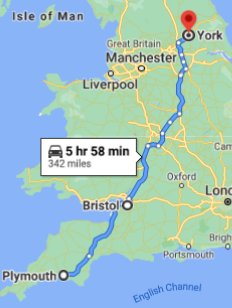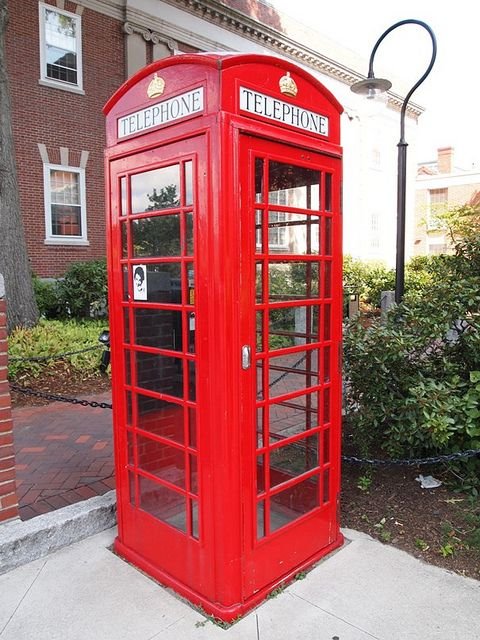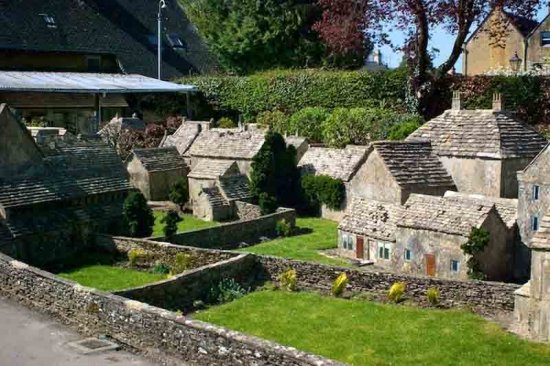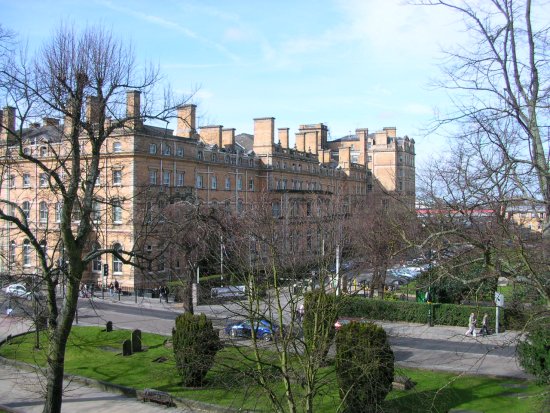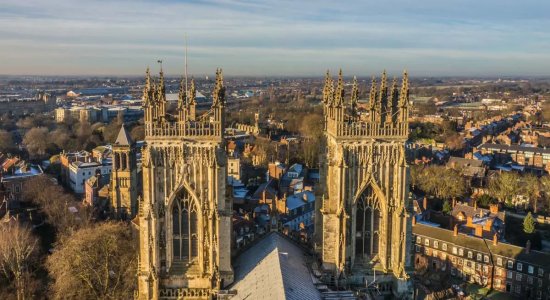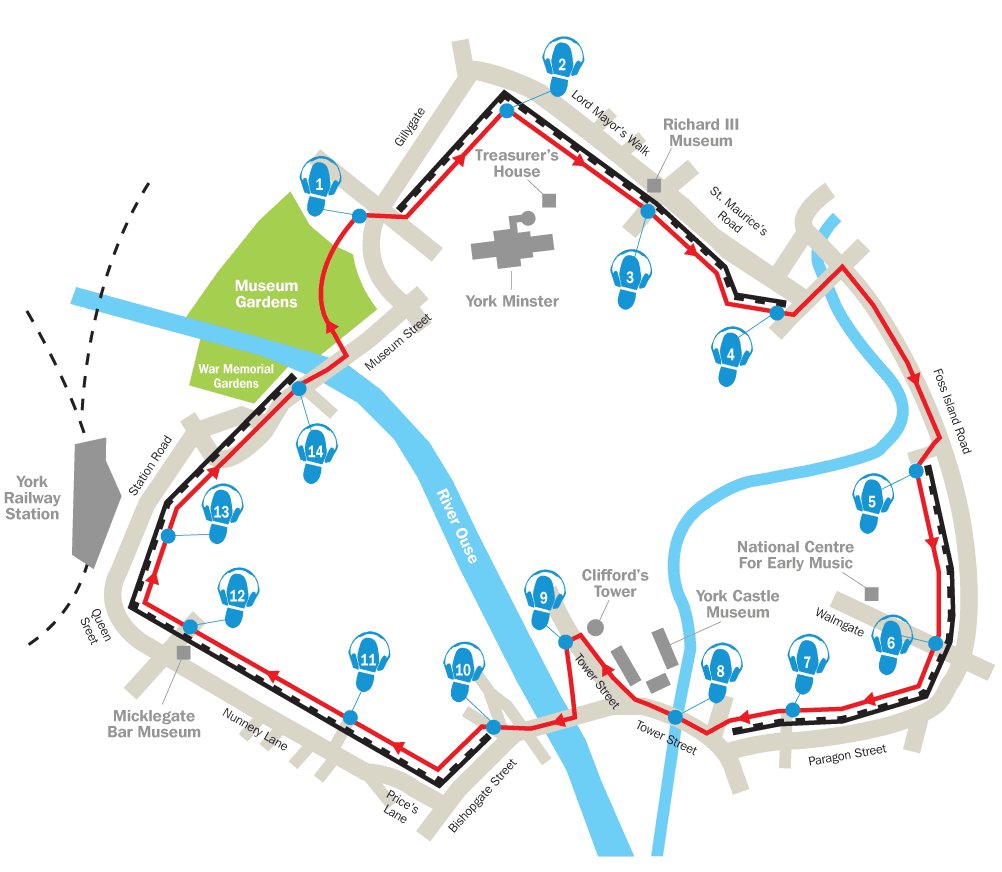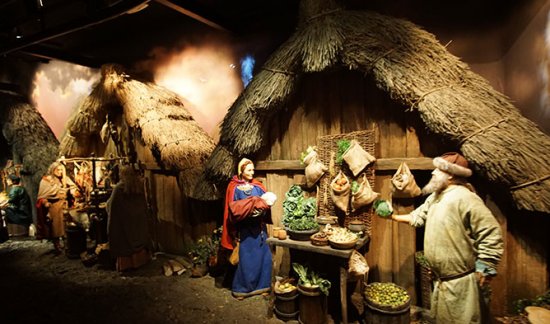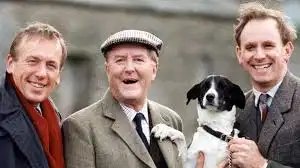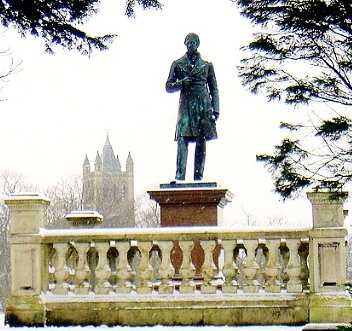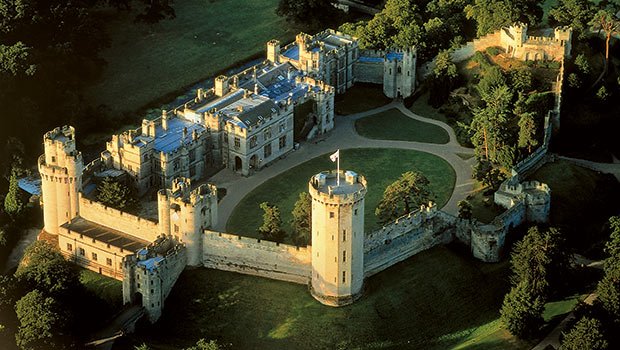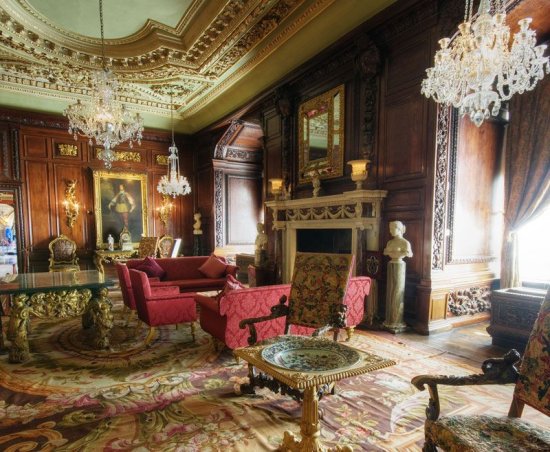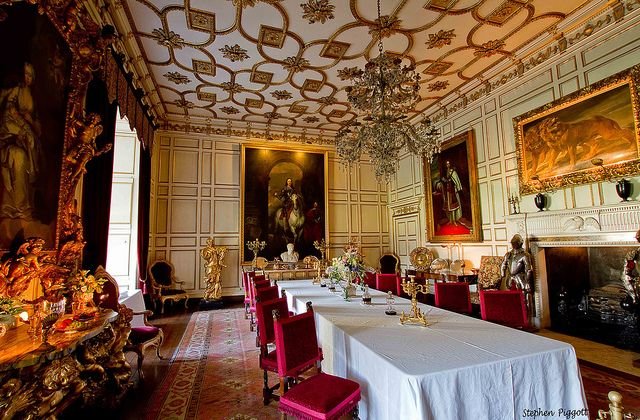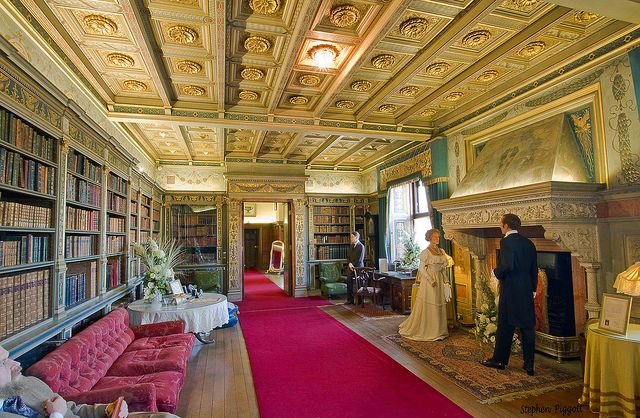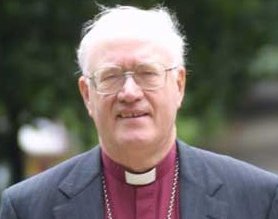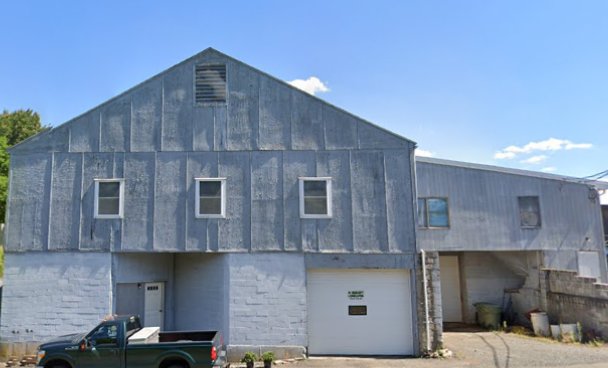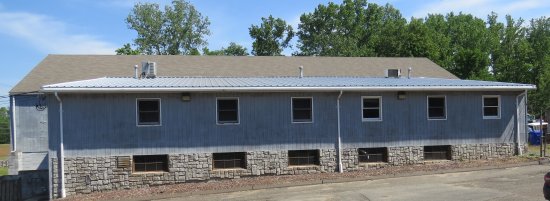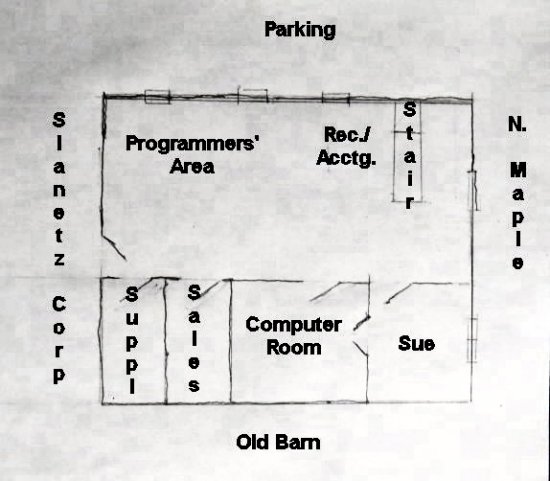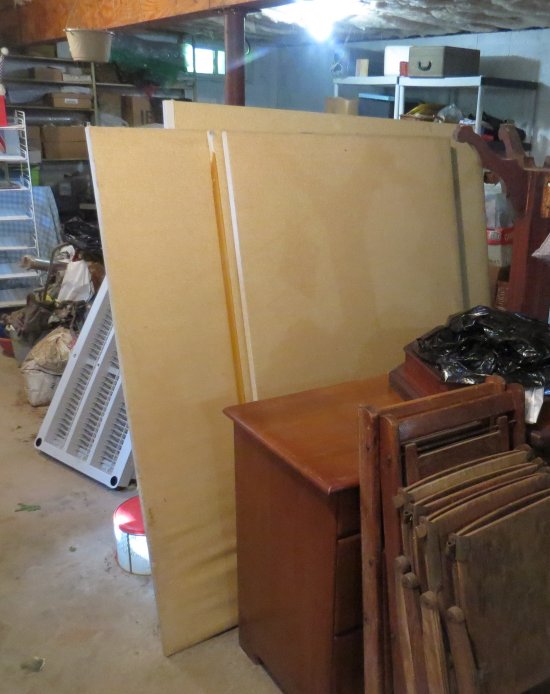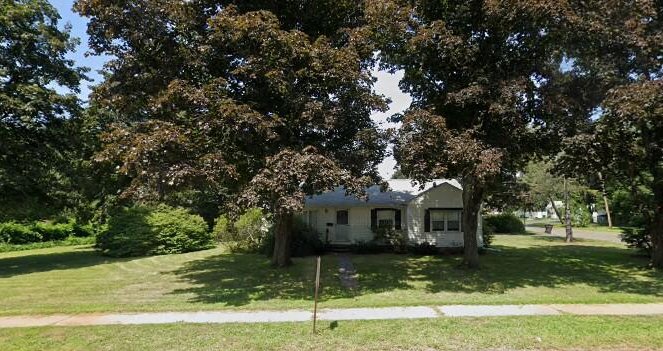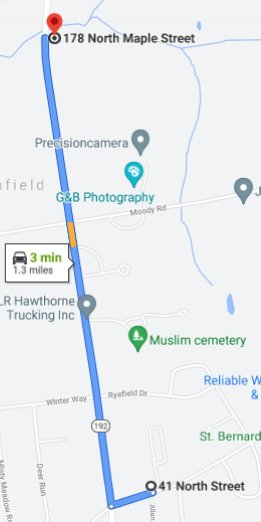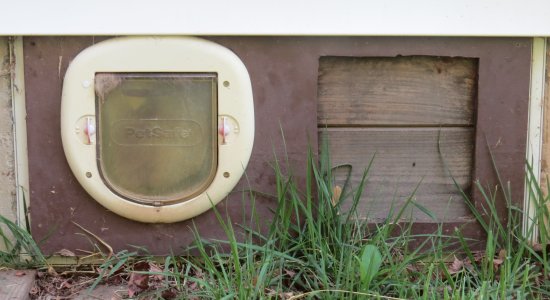Maui and the Big Island. Continue reading
The third major stop that Sue and I made on our Hawaii trip in 1995 was on the island of Maui. The flight from Lihue to the principal airport on Maui at Kahului took about forty-five minutes. En route our plane passed over the islands of Oahu and Molokai1. Maui is not as old as Oahu, which in turn is newer than Kauai. Maui has two large volcanic structures, which makes the island look like a large irregular circle and a smaller one that slightly overlap each other. The large mountain is Mt. Haleakalā, which is over 10,000 feet high, almost twice as high as Mt. Waialeale on Kauai. The other mountain is generally just called West Maui Mountain.
Most of the people who resided permanently on Maui lived in the area between the two mountains from the outskirts of Kahului southwest to Kihei. That was also the location of almost all the island’s retail establishments and almost no tourist attractions, of which there were a very diverse multitude elsewhere.
We stayed in a nice but inexpensive hotel in the old port town of Lahaina, which is on the west coast of the West Maui part. The resorts on Maui were (and still are) mostly north of Lahaina or south of Kihei. These areas are very dry, as opposed to the eastern side of Mt. Haleakalā, which is a tropical rainforest. In the nineteenth century a series of canals and ditches dug by the East Maui Irrigation Co. brought water from the east side to the west. The purpose was to improve the sugar cane production, but the main long-term effect was to turn Maui into a mecca for all kinds of tourists.
The roads in Maui were only slightly more complicated than those of Kauai had been. A highway ran all the way around the seacoast. In the northeast corner of West Maui it was only one lane wide in some spots. In the southwest side of East Maui there were unpaved sections that were dangerous to drive. That corner of Maui was (and is) subject to flash floods of biblical proportions. There is also a road that runs along the west side of Mt Haleakala and one that zigzags up to the rim of the caldera.
We rented a car and drove from the airport to our hotel, Plantation Inn in Lahaina. Of course, we had to circumvent the mountain, which meant that we spent roughly the same amount of time on the highway as we had spent in the air en route from Lihue.
Our hotel was about three blocks from the ocean. We stayed for two or three nights. It must have been three. I clearly remember doing activities that certainly would have consumed more than two days worth of daylight. Sue and I both loved the Plantation Inn2. It was convenient to everything, it offered free breakfasts, the room was nice, and it was within our price range.
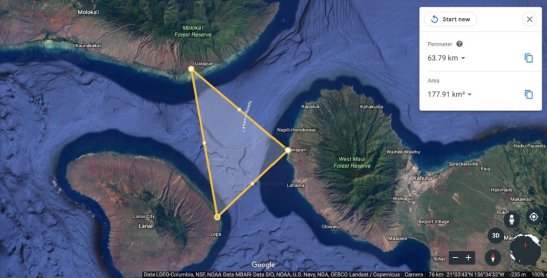
On our first evening on Maui a person representing several of the tourist spots came to the hotel, made a presentation about them, answered questions about them, and sold tickets at a discount, of course. All tickets sold everywhere in Hawaii are always at a discount. I remember that all the other attendees were jealous when they heard how long our Hawaiian vacation was.
We bought two tickets for the trip in a van to watch the sun rise over the caldera of Mt. Haleakalā and to ride bicycles down. Someone from the tour company would pick us up at the hotel at 3AM. We also purchased tickets for an excursion across the Maui Channel to the island of Lana’i3 on a later day.
So, we did not get much sleep that first night. The temperature can get down to near freezing at the top of the mountain. I thought that I would be warm enough in a couple of sweatshirts and a nylon jacket, but I was wrong. Fortunately, the company that ran the tour brought along enough insulated ski jackets with hoods for everyone.
The drive up the mountain was slow but uneventful. It was, of course, dark the entire way, and so we were not able to enjoy any views. The last few miles on switchbacks seemed to take forever. Nevertheless, we arrived at least an hour before dawn. The tour guides brought thermoses of coffee and cocoa to keep us warm as we awaited the big event. While we shivered, the guides unloaded the bicycles from the vans.
By the time that the sun peeked over the eastern edge of the caldera, perhaps one hundred people joined us on the western edge. I don’t honestly remember the colors of the sunrise. The sky was already pretty well lit because the sun had already cleared the horizon of the ocean several minutes before it appeared atop the mountain. I wasn’t disappointed, and so it probably was at least somewhat spectacular.
I definitely remember the silversword plants near the edge of the caldera. They were unlike anything that I had seen before. The interior of the caldera was also very interesting. There were clouds below us, but below them we saw plenty of vegetation, and hiking trails were also evident. It had not occurred to me that people might come to Haleakalā just to explore the caldera.
Almost as soon as it was full daylight, our bicycle guide asked loudly, “Who are Sue and Mike?” When we identified ourselves, he told us his name (I forget it) and his hometown of Springfield, MA. He said that when he lived there he often came to the stores in Enfield to shop.
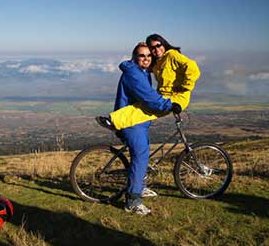
Here is how the descent worked4. About a dozen people were in our group. We each were given a bicycle. One van preceded the cyclists, who were more or less in single file. A second van followed the group to prevent any motorists from trying to overtake us. Pedaling was hardly ever needed; gravity did all the work. The group made several stops to allow the cars to go by and to enjoy the scenery. I am pretty sure that near the bottom of the mountain we stopped at a restaurant for breakfast.
Before we departed out guide explained all of this and said that we would be starting at 10,000 feet and descending to the beach. One cyclist asked him how high we would be at the end. He answered the question with his own pertinent question: “How tall are you?”
The guide assured us that the bicycles were regularly maintained, and a mechanic rode in one of the vans. Sue’s bike was fine. Everyone’s was fine, except mine. I knew bikes. I rode bikes constantly as a kid. I rode bikes in 1973 and 1974 in Hartford and occasionally in the subsequent years in Plymouth. I felt very at home on one.
This bike was possessed by a demon. As we coasted down the road my bike started pedaling backwards on its own! I could not stop it/ It was all that I could do to maintain my place in line. I certainly paid no attention to the scenery, breathtaking as it no doubt was.
I don’t think that any mechanic could have fixed the problem. An exorcist might have had a better chance. Nevertheless, at the first stop I asked the mechanic to check out the bike. He immediately determined that something was seriously wrong with it. They had brought a spare bike, which they let me ride. I found it much easier to control.
However, there was a reason why this bike had not been assigned to someone originally. The brakes, which were activated by levers beneath the handles, were probably adequate for a normal bike ride, but after a few miles of downhill coasting I had both brakes pressed tightly to the handlebars, and the bike was still accelerating.
A few times I actually needed to employ the Fred Flintstone method of braking with the soles of my feet. I am serious.
When I told the mechanic about the braking problem, he said that he could not fix it on the spot, and he did not have any more bikes. He offered to let me ride in the van with him. Since I still had quite a bit of rubber left on the bottoms of my sneakers, I returned to my wheeled mount for the rest of the journey. It was a little harrowing, but I managed.
Every time that we stopped, everyone in our group peeled off a layer of clothes. By the time that we reached the beach and turned in our bikes, it was at least 80°. Don’t ask me to describe the scenery; I was concentrating on my braking. When we finally reached it, the beach was nice. I enjoyed the beach.
The guides drove us back to the hotel in time for lunch. I don’t remember for certain what we did in the afternoon, but I recall that on one afternoon or evening we stumbled upon a live concert in a park. We sat on the lawn for a while and listened to music. I cannot remember for sure whether it was Hawaiian music, rock & roll, or some combination. As always, Sue really enjoyed the music. I soaked up the atmosphere.
On the second day (I think) we decided to drive to Hana. This seemed a peculiar thing to do because the destination, the town of Hana, was a real nothing. However, there is was an abundance of things to see on the way. The drive itself, with its twists and turns and one-way bridges, was sometimes an adventure. There was always the chance of a flash flood, but the weather was actually dry and very pleasant.
I made sure that we left early in the morning. It was pretty important for haole tourists to avoid attempting this trip during the rush hours. The native Hawaiians knew this road very well, and they had little patience with tentative drivers. I remember that we had a plan to pick up some food that had an advertised special, but for some reason this did not work out. I don’t remember where we ended up eating any of our meals that day. We might have stopped at roadside stands.
We did stop to gawk at some waterfalls. By that point, however, we had already seen quite a few fairly spectacular ones in Kauai. So, we were looking for something different. We definitely stopped at the Ke’anae Arboretum. I have never been much of a botany enthusiast, but I was impressed by the large number of rainbow eucalyptus trees with their multi-colored barks.
I am pretty sure that we actually drove a little way past Hana. The guidebook had reported that the Sacred Pools of Ohe’o were worth a trip. So, we stopped there for a few minutes.
I don’t think that we made any stops at all on the return trip. We were rather desperate to reach civilization again while there was still enough light to see the road.
On the way back we noticed Mama’s Fish House, which is on the north coast of East Hawaii, where the big waves are. We either stopped there for supper that evening, or else we decided to eat there later. I remember that it had a very impressive view of the rugged north shore. I have never been much of a fish eater. Catholics who grew up in Kansas when I did think of fish as what people are forced to eat on Friday. When I think of fish, I think of frozen breaded rectangles.
Our other big adventure in Maui was much less stressful. We took a short cruise on a catamaran across the Au’au Channel to Lana’i. There were perhaps twenty passengers on our boat. I am pretty sure that Sue and I were the oldest couple.
The boat had large powerful engines, but it also had a sail. At least once during the trip the captain turned off the engines and raised the sail. This was, I think my first time ever sailing. Few people in Kansas buy sailboats for their ponds, and no yachtsman from the Sunflower State has ever won the America’s Cup.
We definitely saw glimpses of whales from a distance while we were at sea. I have a vague recollection that a few dolphins swam alongside the boat for a while, as well.
At the time most of Lana’i was owned by Dole5. Pineapples had been grown there in great numbers, but pineapple production was abandoned in 1992. At the time of our visit the company was trying to find other uses for its assets. It rented out the park at Hulopo’e Beach to tourist groups. It was a nice spot for some snorkeling and a picnic. The boat brought plenty of gear for snorkeling, and the crew gave us a quick class in how best to do it. I did not pay too much attention, and I was reprimanded when I did it wrong.
Snorkeling provided the opportunity to see some very colorful fish and other sea creatures. Unfortunately, no one had taught them any tricks yet, and so I soon lost interest.
I am pretty sure that the crew served us lunch after the snorkeling was over. We then were escorted around in large jeeps tp some of the camps on the elevated parts of the island that were formerly occupied by plantation workers and managers. It was of some slight historical interest, but no one told us the whole history of the island. For Sue and me this was just a relaxing interlude in an otherwise hectic period on Maui.
I might be imagining this, but I have a dim recollection of driving up to the ‘Iao Valley, which is close to the center of West Maui. The rugged scenery there was enough to draw tourists. However, the site actually has more historic interest than esthetic.
During the trip I had begun to become more and more curious about Hawaii’s history. I was surprised to learn that Hawaii did not have a king until 1810, about the same time that Europeans became interested in the islands. The man who united the kingdom was Kamehameha the Great. His greatest victory was the Battle of Kepaniwai, which occurred in 1790 in the ‘Iao Valley within sight of the Needle. A decisive factor was Kamehameha’s use of two cannons supplied by two British subjects who became the king’s closest advisers..
One evening we came up with the idea of having a sunset picnic on the beach. We bought some food from a grocery store in Lahaina and drove south until we found a suitable beach. We were pretty much by ourselves. I don’t think that we cooked anything. We had a good time just spotting whales and eventually watching the sun disappear into the Pacific Ocean.
The flight from Kahului to Kona Airport on the Big Island took about forty-five minutes. During the flight we were treated to a pretty good view of Mt. Haleakalā and, from a distance, the two huge mountains on the Big Island, which almost no one ever calls it by its official name, Hawaii
The Big Island is gigantic in comparison with the other islands. It is bigger than Rhode Island and Delaware combined, and it contains over 63 percent of the total area of the state of Hawaii. Moreover, because of the lava flow from Kilauea, the percentage is constantly growing.
It turned out that this last leg of our time in Hawaii was as much educational as it was entertaining. As on the other islands, we set out just to relax and have fun, but we ended up learning a lot on the Big Island in a short time.
If you go to the Big Island, and you want to explore at all, you really must rent a car. We stayed at the Kamehameha Hotel, which was close to the airport, but we intended to see as much of the island as possible. So, we immediately rented a car.
I guess that you could consider our hotel6 a resort—it had a Liberty House inside, and there was a luau every evening on the beach. However, it did not have that feeling of a prison in which the clients are both protected from intrusion by outsiders and actively discouraged from leaving the grounds. That has long been my impression of the big gated resorts.
On the ground floor of the hotel was a fairly large display that narrated in some detail the story of Hawaii’s kingdom, from the great triumphs of Kamehameha the Great not long after the American Revolutionary War through the tragic overthrow of Lili’uokalani in 1893 and her scandalous imprisonment. For me there was one surprise after another: Kamehameha received critically important help from a man from Wales and a man from Lancashire. So many members of the royal family died from Western diseases unknown on Hawaii. In fact, the king and queen both died in London while waiting for an audience with George IV. The Hawaiian royal family then became Christians, dressed as westerners, and had close ties to Queen Victoria and her family.
I found this all to be fascinating, and it ignited a desire for me to discover the reality underlying the Disneyfied stories that have been handed down. I had never really felt this way before about anything historical. Since then I have been inspired to conduct independent detailed analyses about many events.
Sue and I spent most of our time on the Big Island in our rental car. We headed south immediately mostly because I wanted to see just how far south we could actually get. The ultimate goal was the southernmost7 point of the entire United States, which we could reach after about an hour and a half of driving.
In the first half of the drive to the south we passed several coastal towns on our right. Most of the “land” to the east looked almost like asphalt. It was lava from an eruption of Mauna Loa that had not yet disintegrated into dirt. Mauna Loa, the largest active volcano in the United States, last erupted in 1984.
We were driving through the area that hosted the annual Ironman Triathlon. It consisted of a 2.4 mile ocean swim, followed by a 112 mile bicycle ride, and ending with a marathon of 26.2 miles. I had always considered the participants as a breed apart, but when I saw the course in person I was stupefied. There was no shade! None at all! And it practically never rained on this side of the Big Island. For the participants it must have seemed like exercising in a toaster oven.
On the second half of the journey to South Point we saw cattle ranches on the hills to our left, and a pretty good-sized herd of cattle was grazing there. We had enjoyed steaks from cattle raised on this island during our rain-soaked barbecue on Kauai.
South Point, the whole southern tip of the island (also known as Ka Lae), is a National Historic Landmark, probably because it is where the Polynesians first landed when they discovered Hawaii. It was (and is) extremely windy. However, on the day that we were there, the sea was relatively calm, nothing like the satellite image shown at the right.
When we arrived at the point a couple of people were wading in the water ten or twenty yards from the shore. I took off my shoes and went in. I walked out just far enough that I was two or three meters farther south than either of them. I then turned around and hurried back. So, I can safely state that for a few seconds I was farther south than anyone else on American soil.
This stunt was at least a little dangerous. The Halaea Current has a strong reputation for pulling people out to sea. If the current grabs you, you can try to ride it, I guess, but the nearest land mass to the south is several thousand miles away.
We drove back to the hotel the same way that we came. There was really no choice. I don’t remember what we did in the evening. We again avoided going to the luau, but it was not possible to avoid listening to it.
Our last night in Hawaii was scheduled to be spent at Volcano House, a lodge run by Ken Direction Corporation of Hilo for the National Park Service. It was adjacent to the west rim of the largest caldera of Kilauea, the most active volcano in the United States. We checked out of our hotel and began the long drive across the island. For most of the journey the largest of the mountains, Mauna Kea, was on our left and Mauna Loa was on the right. Their elevations are 13,803′ and 13,678′ respectively.
Once the mountains were behind us, the climate changed dramatically. Hilo and the surrounding area are a tropical rainforest.
The main reason that we even included the Big Island on our itinerary was so that Sue could visit her friend Patty Johnson, who was assistant editor the magazine Dancing USA9. Sue had talked with her over the phone but had never met her in person. Patty lived in a small prefabricated home on the northeast side of Kilauea, which, at the time of our visit was spewing red-hot lava on its southeast flank.
Sue and Patty mostly conversed about dancing and the magazine. I remember that Patty mentioned that her son sometimes earned money by harvesting “mac nuts”. I did not realize that macadamia nuts were a cash crop on the Big Island. In fact, I knew nothing at all about them10.
Patty recommended that we drive to the black sand beach, Punalu’u, on the south shore. Sometimes legally protected sea turtles came ashore there to bask in the sun.
From Patty’s house we drove up to Volcano House, where all forty-two rooms offered stunning views of the caldera and beyond. When we checked in, we received some unexpected news. We had vaguely heard about the folderol about the federal budget that culminated in a shutdown of the federal government, but we were still surprised when we learned that, although we could stay there that night, Hawai’i Volcanoes National Park would be closed for an indefinite period starting the next morning.
The only effect that this really had on us was that we immediately scurried over to the nearby Jaggar Museum, which would be closed on the following day. We found that the little museum was a great source of information about the geology of volcanoes.
We learned that Kilauea was a very active and complicated entity. The chain of islands that we call Hawaii were all generated by the same process, which was (and is and will be) still ongoing. A very hot spot below the bottom of the Pacific Ocean was causing this disruption. The ocean floor was very slowly moving from east to west over this spot. The volcanoes created on the other islands were dormant or nearly so, but Kilauea was definitely still affected.
At the time that we were there, there had been continuous eruptions since 1983. However, they were, for the most part, not explosive eruptions. Instead lava often flowed down from a vent in the side of the mountain all the way to the ocean where it was very gradually increasing the size of the island as the relatively cool ocean waters solidified the liquid lava.
Fortunately this lava flow was generally on top of lava flows that had occurred a few years earlier. Consequently, no inhabited areas were in imminent peril.11 We heard that it was possible to get quite close to where the lava was trickling into the sea, but we did not have time even to think about attempting such a feat.
At the museum we also learned about the hot spot’s other big project, the Lo’ihi seamount, which is an underwater volcano about twenty-two miles southeast of the Big Island. If it keeps going at its current pace, it could surface in less than 100,000 years. I doubt that anyone from our species will be around to notice it.
Sue and I also made a short visit to the black sand beach at Punalu’u. The sand was, indeed, black. I do not remember whether we saw any sea turtles. If we did, they did not perform any noteworthy tricks.
Our trip back home was not without incident. At some point during our adventures, the zipper broke on one of our suitcases. My recollection is that we tried to hold it shut with a strap at first, but eventually we purchased another suitcase somewhere. However, Sue refused to throw away the defective luggage. In her words, “There are people who fix zippers.”
I was unwilling to pay for an empty broken suitcase to be flown from Hawaii to Connecticut. So, after trying to give it away, Sue finally let me junk it at the Hilo Airport.
The flight from Hilo to Honolulu was fun. From the window I got good views of Maui, Molokai, and Lana’i, as well as the coastline of the Big Island that we had not had time to explore. I remember nothing about our red-eye flights back to New England. I am quite sure, however, that the first thing that we did upon entering our house was to make certain that Rocky and Woodrow, our pet cats, were OK.
1. Although the island’s name is sometimes pronounced as four syllables, it officially has only three. The last one rhymes with “dye”.
2. We liked it so much that we stayed in the same hotel when we returned to Maui in 2018, as described here. In some ways we liked it even more the second time.
3. The apostrophe indicates that Lana’i (unlike the word spelled with exactly the same letters in exactly the same order that means “balcony”) has three syllables: lah NAH ee.
4. This method is no longer allowed. Individuals can still ride bicycles down from the rim of the caldera, but groups of cyclists must start no higher than the entrance to the park, which is 3,500 feet lower. While we were on the island a young Japanese woman who was in a bicycle group lost control, slid into the upcoming traffic, and was killed.
5. In 2012 Larry Ellison, the founder of Oracle, purchased 98 percent of the island from the company that owned Dole. He has subsequently invested a lot of money in the island. There are now two Four Seasons Resorts! I doubt that I would recognize much about the island in 2021.
6. The official name of the hotel is now The Courtyard King Kamehameha’s Kona Beach Hotel. It is owned and operated by Marriott.
8. Part of the answer to the trivia question: Name the southernmost, northernmost, westernmost, and easternmost states. The other three correct answers are Alaska, Alaska, and Alaska.
9. The magazine appears to be defunct in 2021. I also could not find any mention of Patty on the Internet.
10. In 2021 I generally eat exactly one freshly baked white chocolate macadamia nut cookie after both lunch and dinner every day.
11. That changed in 2018, they year in which lava flows wiped out several settlements and destroyed hundreds of houses. The national park was closed on May 17, just before eruptive activity in the caldera propelled volcanic dust 30,000 feet into the air. Explosions, earthquakes, and collapses of structures continued on the mountain for five months.
In 2020 a water lake that had formed in the caldera was suddenly replaced by a lake of lava. A fiery plume then erupted to the height of 30,000 feet. The eruptions eventually dissipated. On May 26, 2021, the Hawaiian Volcano Observatory announced that Kīlauea was no longer erupting. The lava lake had completely crusted over a few days earlier.


